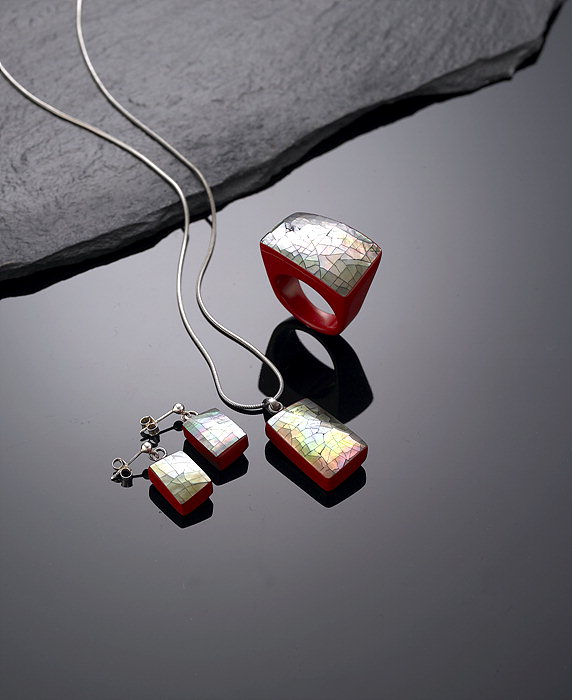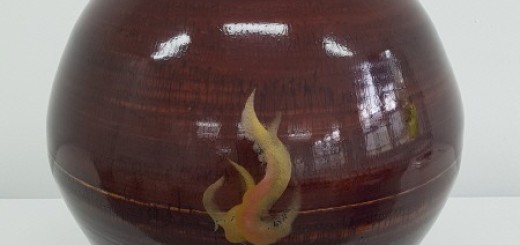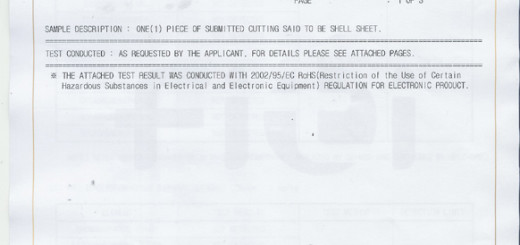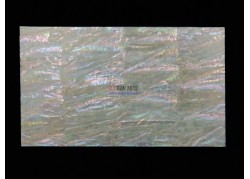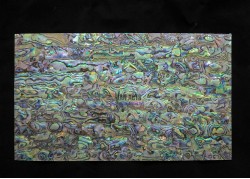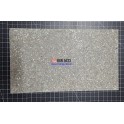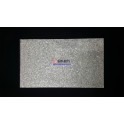A large number of lacquered artifacts, such as lacquer brushes, frescoes, and lacquer artifacts, which are believed to have been made around the 2nd century BC, were unearthed at the Tauri Tomb in Changwon City, Korea.
Hapcheon Haeinsa Temple The lacquered lacquered cephalic arches of the Goryeo Dynasty were preserved well before they were preserved. Lacquer has proven to be excellent in preservation and antimicrobial properties of lacquer because it has the property to prevent worms and to prevent moisture.
Tongyeong Najeon Lacquer was established as a representative lacquerware lacquer warehouse in Korea during the Chosun Dynasty (1593), when Admiral Yi Sun-shin, who was appointed to Tongyeong as a control officer of Samdo,
Changwon Dahori remains are an unprecedented collection of lacquer artifacts throughout the Korean Peninsula, and various lacquer artifacts showing the uniqueness of lacquer art on the Korean peninsula are valuable materials for opening the history of lacquer art history. Lacquerware The researcher, Kim Eun-kyung of the Institute of Lacquerware, said, “Lacquer ware was prevalent in the Dahori area in 2000, and out of a total of 106 pieces uncovered until the ninth century, 50 pieces of lacquer ware were excavated, China ‘s Changsha area in China during the war. In comparison with lacquer ware from 129 of 2048 tombs, the remains of the Dahori are called’ lacquerware ‘.
Thus, Gyeongnam is at the center of ancient lacquer culture. I have heard from the director Kim Sung-soo (Tongyoung Lacquer Art Museum), who is the historian of lacquer, the characteristics of lacquer, and the lacquer painting that challenges the new area.
(1) History of lacquerware
Since prehistoric times, the lacquer lacquer was painted on wood and earthenware and painted with lacquer or natural pigments in lacquer, and painted on the vessels was handed down to the Unified Silla period. In the Goryeo period, Najeon lacquerware, an expression technique for decorating the lacquerware pattern, was developed. In the 13th year of Koryo Wonjong (1272) Najeon lacquerware, which has been passed down to the Joseon Dynasty, has been continuously passed down and has grown into a popular art that is popular among the people.
The lacquer craftsmen who devoted themselves to lacquerware only to lacquerware as a ceiling, and to discard the lacquer (a brush to paint the lacquer made of hair) to solve the rituals of food and shelf, the traditional lacquerware lacquer was not properly succeeded and suffered a stagnation.
Our lacquerware, which is expressed by lacquer and bamboo, entered the high industrial society in the 1960s. As a result of the massive introduction of Cashew, which is a cheap synthetic lacquer, the lacquer which has been followed for 1000 years has been in crisis.
Kim Sung-soo, director of Tongyeong Lacquer Art Museum, said, “Synthetic lacquer is an industrial material created to show the effect of lacquer. It is different from lacquer which is a natural material extracted from lacquer. It is very rare that people recognize this difference even though there is such a big difference that it is not possible to compare it in comparison to the difference of gloss as well as the preservation management and the dignity.
Lacquer has physical characteristics such as natural beauty of black which can not be compared with any art materials, aesthetic characteristics such as decoration, formability and sculpture, and waterproof, preservation, insecticide, insulation, antibacterial effect and electromagnetic wave absorption. It is expanding to various fields such as crafts, lacquer ornaments, lacquer paintings, and lacquer sculptures.
(2) Features of lacquer
Lacquer is divided into aesthetic and material characteristics. Lacquer has a unique aesthetic characteristic that distinguish it from other paints. This has been used to make thousands of crafts products for thousands of years.
The first of the aesthetic features is a glowing glow that is dark like black and shining like a black pearl. After lacquering and finishing the light, the beautiful shine of a simple and dazzling surface comes out.
The second is decorative. The lacquer also blends with the decoration of gold and silver jewelry. As a technique to make lacquer crafts, it is possible to confirm the ornamental and artistic characteristics of lacquer in the lacquerware of our country by the technique of polishing the surface with lacquer and then attaching the mother lacquer or the precious stone and painting again.
Thirdly, lacquer is characterized as sculpture beauty. The colorful lacquer crafts of China made by coarse technique show the beauty of sculpture.
The material characteristics of lacquer can be divided into physical, chemical and pharmacological characteristics. Lacquer coatings have unique characteristics that are not comparable to other paints such as anticorrosion, insolubility, durability, heat resistance, cold resistance and insulation. Especially, it is a translucent material that emits luster, and the deep color that seems to accumulate multiple layers of darkness is beautiful enough to say ‘darkness of darkness’. Moreover, the more glowing ‘glow’ and the gentle soft touch are the physical characteristics of lacquer. The pharmacological properties of the lacquer sap contains phenolic antigens, which can cause blisters and allergic dermatitis when in contact with skin when in liquid state. However, lacquer is used as an advanced medicinal material because of its pharmacological effects such as anticancer. It has also been used for hair dyes since ancient times, and is said to be effective for tonic and gastrointestinal and cold.
(3) Lacquer and breakage
The lacquer is sampled with a knife on the lacquer between the shell of the lacquer and the lignin, and the lacquer is poured out and scraped with a spatula. The color of milky liquid is milky white, but if left at room temperature it turns brown. The sampling period is 180 days from the beginning of June at intervals of 3-4 days. Fill in the first half of July ~ early July, mid July to mid August, and late August to late September. Among them, the castle is considered as the best pile.
It is called ‘fresh water’, which is called ‘fresh water’, which is made by filtering the water contained in the water and the impurities such as the bark, which are not removed, and the fresh water is refined to make black paint and transparent paint. The lacquer which is made through various refining processes is called ‘lacquer’.
It is called “mother-of-pearl”, which is made of shells and shells that can be used as a material to create crafts or artworks. It is shaped by the technique of string quality, string quality, etc. What is made to be able to do is called “螺 鈿”. The finished product is attached to the lacquerware and lacquered according to the manufacturing process. Lacquer art is a lacquer art work that uses techniques and production processes that have traditionally used lacquer and mother-of-pearl to expand into areas such as crafts, paintings, sculptures, ornaments, and objects.
(4) Painting lacquer in a new area that opens the future
Lacquer painting is a painting work in which some artists who have been working with lacquer have pioneered a new genre by newly applying traditional lacquer craft making techniques to modern paintings. The expression techniques used by these artists in their work were painted with lacquer and lacquer, and they used metal, mother – of – pearl and lacquer which were used for lacquerware.
In addition, the lacquer canvas has been developed to remove the glass frame used to emphasize the unique and creative point of lacquer painting, utilizing the physical and aesthetic characteristics of lacquer, which has more glossy luster and lustrous soft touch as it is used for a long time .
The official said, “The application of lacquer to modern paintings has resulted from the intention of getting away from the shade of tradition and bringing it closer to realistic space, that is, real life.” In fact, lacquer painting, It is not as good as it is, “he explained.
Lacquer painting and oil painting using lacquer are not very different in concept. However, the materials and tools for drawing are different. Paintings are mainly painted on cloth canvas, but lacquer paintings are painted on wood, and are painted on lacquered canvas on lacquered canvas. In other words, after applying the lacquer, it is painted repeatedly until the surface becomes even and the lacquer is painted on it.
